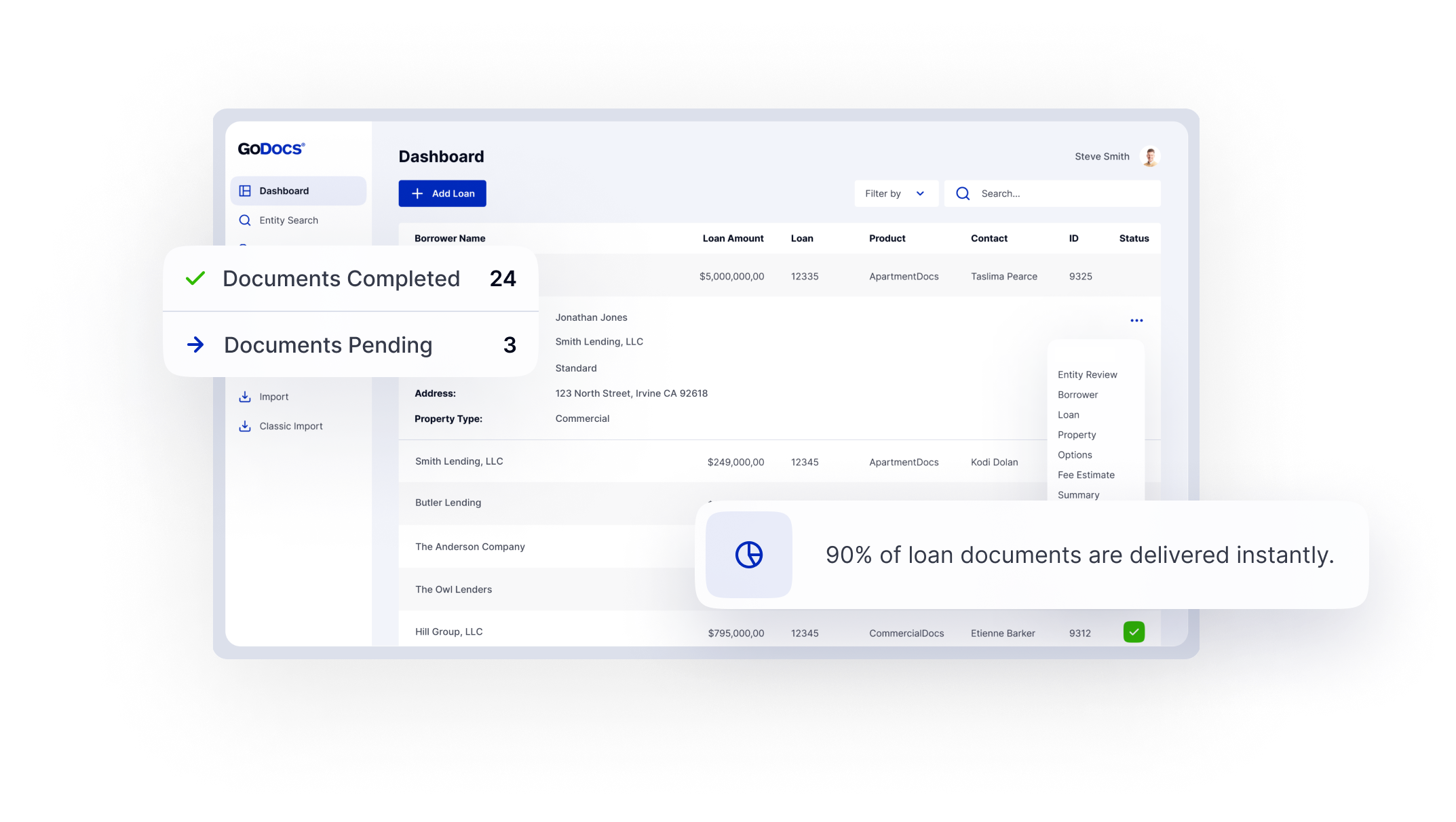Commercial Loan Modifications Are Coming: Here’s How Financial Institutions Should Prepare
If your institution isn’t already reviewing its loan portfolio for loans that may be facing potential challenges either with the financial strength of the loan parties or the financial performance of the collateral assets, the rest of 2025 might hit harder than it needs to. More than $500 billion in commercial loans are expected to mature in the near future across all sectors. We know they’re coming, and the challenges that will be faced by portfolio lenders will be varied and, in some cases, significant. Whether due to tariff pressures, sector-specific slowdowns, or occupancy disruptions, commercial loan risks are shifting, and waiting for a loan to fall into default is too late for a lender to protect its interests.
Let’s set aside the obvious: if you have a loan maturing this year and it qualifies for an extension, you know your next move. But the more complicated and riskier scenarios lie within those 10-, 15-, or 20-year loans that are only mid-term but sitting in weakened sectors or geographies.
Think of manufacturers impacted by international pricing shifts or office buildings in markets with soft demand. Many of those properties still may be performing on paper. But current performance doesn’t tell the whole story in the current economy. This is where the need for increased discipline and creativity come in.
Start With an At-Risk Portfolio Review
Your first move: identify loans with exposure to sectors or markets under pressure. Then, take a proactive approach with those loans that show vulnerabilities to current or anticipated economic pressures. Your next step: reach out to your borrowers as soon as you spot a prospective problem. Ask them for updated financial statements, rent rolls, and other financial reports. Be direct, honest, and fair in your assessment of the respective strengths of the borrower, guarantor(s), and the collateral properties. If you’ve been passive about data collection during the good years, now’s the time to become diligent in enforcing financial reporting requirements and taking the time to thoroughly analyze what these reports reveal.
Go Beyond the Balance Sheet
Once you have reviewed the due diligence materials, a prudent lender will get out into the field and conduct a property inspection for any nascent collateral challenges. A borrower might report 90% occupancy in an office building, but how many of those tenants have “gone dark” which will negatively impact re-leasing of adjacent leased space? While a vacant tenant may still be paying its rent, if they are not actually operating out of their leased space, such “ghost” tenants will distort the market and suppress leasing appeal. Get eyes on the asset.
What you’re doing, in effect, is taking the time to re-set expectations by updating your underwriting. At this time, these actions are not just smart—they are essential. Many loan documents already include financial covenants or performance triggers that give lenders the right to step in before there’s a payment default. Use them.
Modify Before It’s a Mess
The best time to modify a loan is when both parties are still motivated to reach a mutually-beneficial solution. A borrower doesn’t want to go into default; and a lender doesn’t want to take ownership of a failed or distressed asset. That’s when you can negotiate interest-only periods, adjusted amortization schedules, and/or other restructured payment schedules with far less friction.
This Is About Discipline
Commercial lenders often assume their borrowers have strong internal financial controls and are actively adjusting to real-time economic pressures. But this assumption can create blind spots for lenders, especially with respect to long-term commercial deals where complacency can creep in over time.
The last financial crisis taught hard lessons about the need for early intervention and borrower engagement. But as time passes and institutional memory fades, those lessons risk being forgotten.
Final Thought: Be Early, Be Thorough
Modifications aren’t just a response. They’re a strategy. And the institutions that act early, with diligence and discipline, will become stronger. In 2025, don’t just manage risk. Get ahead of it.
Head of Business Strategies & Partnerships








